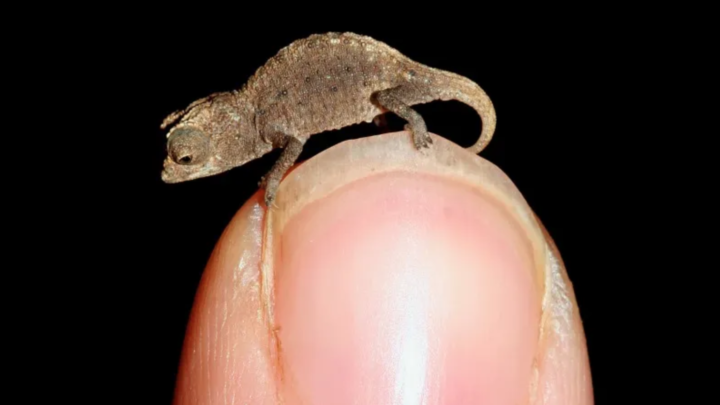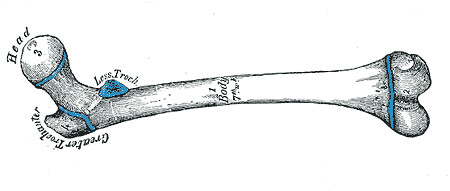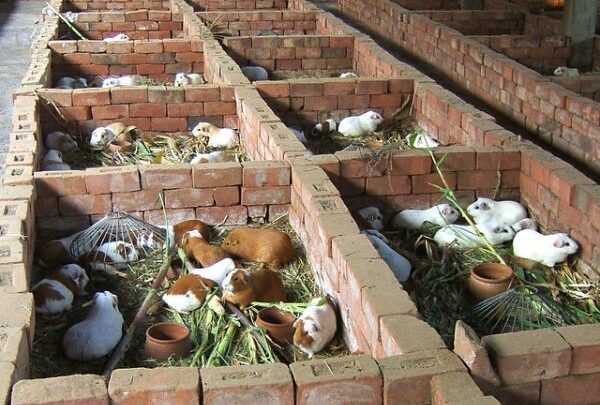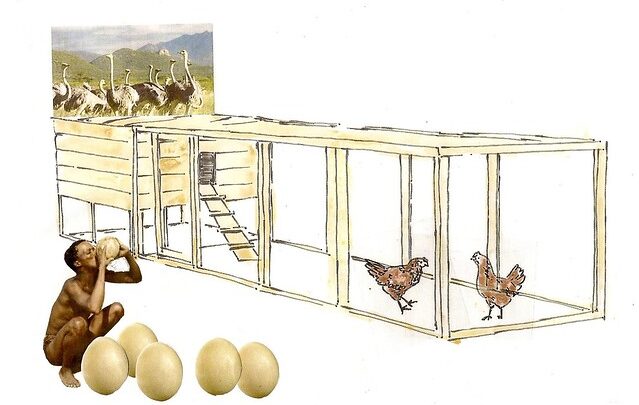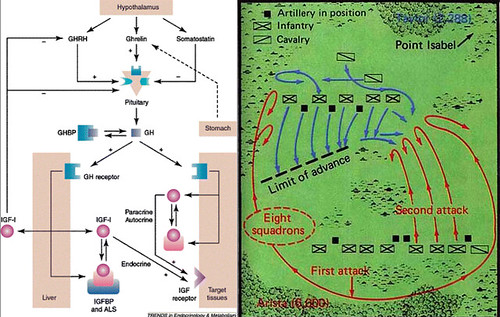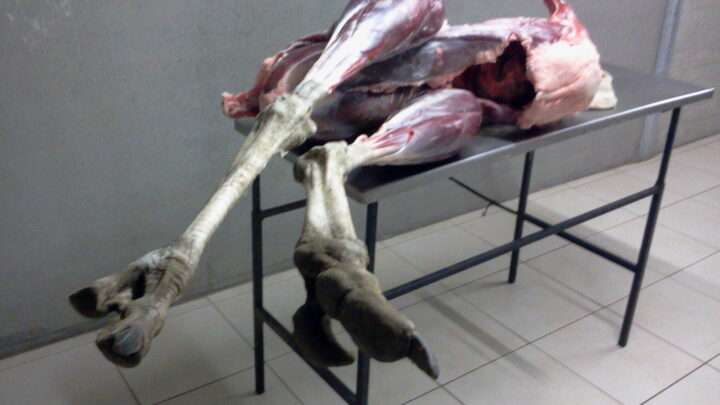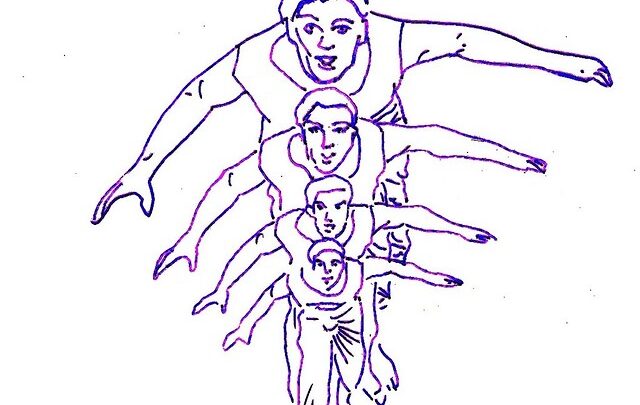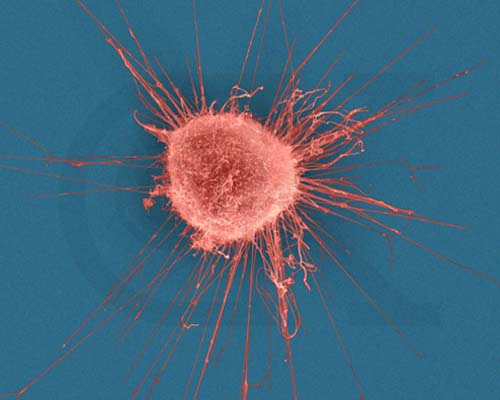Search Results for: art
Closing the Bone
May 13, 2012Micro Love
May 4, 2012D.I.Y. Shrink List.
April 7, 2012Raspberry Explosion
April 1, 2012Benito’s Rodents
February 20, 2012Poultry/House
February 11, 2012High on Cheese
January 29, 2012Ostrich BBQ
December 10, 2011Hhp (Human Height Print)
December 5, 2011Human Hypervariability
November 2, 2011Humans are an extremely hypervariable species. There is a large intraspecial difference between its largest and smallest members. The smallest adult person, Chandra Bahadur Dangi, is less than 55 centimeters tall, while the tallest person that ever lived, Robert Wadlow, reached a height of 272 centimeters. That makes…
(Mad) Scientist Fiction
October 24, 2011Mankind seems so indoctrinated to think bigger that sometimes the mere suggestion that we should become smaller is thoughtlessly rejected as mad science. Ever since the 20th century our relationship with science, vacillating between science as the salvation of society or its doom, has been personified by…

